Six Months Later, an Oil Disaster Spreads Across the Gulf
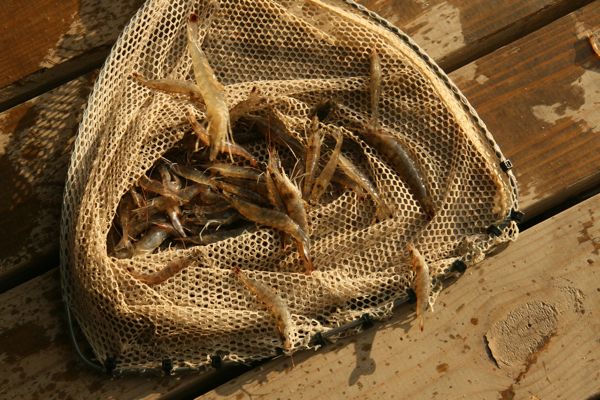
Economic and political forces are spearheading the campaign to forget this disaster. The fishermen and coastal residents fear they will be forgotten and lost in the bureaucratic maze of a bungled claims process.
Doubts Persist on Gulf Sand Barriers

Skepticism runs high regarding the berms’ effectiveness to date, as they have only collected about 1,000 barrels of oil, a tiny fraction of the five million barrels that spilled from the Deepwater Horizon well.
Scientists lower Gulf health grade
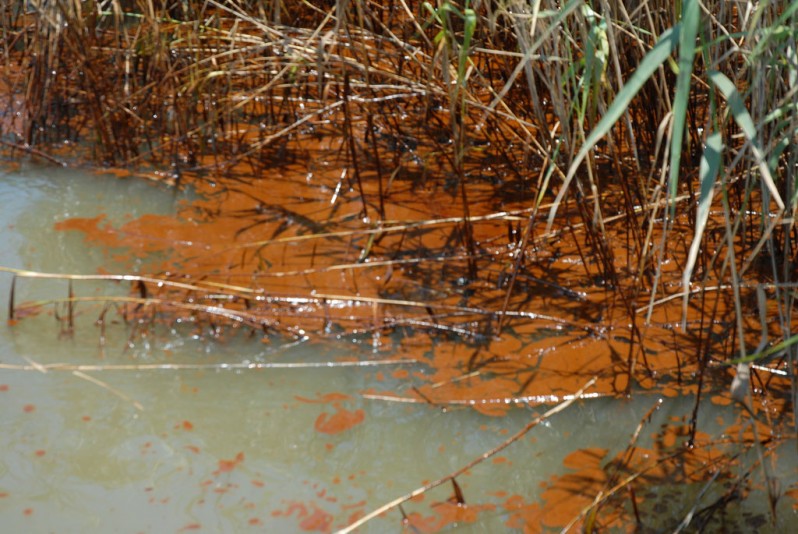
Damage to the Gulf of Mexico can be measured more in increments than extinctions.
Sand Sharks Scour Gulf Beaches: Mixed Feelings
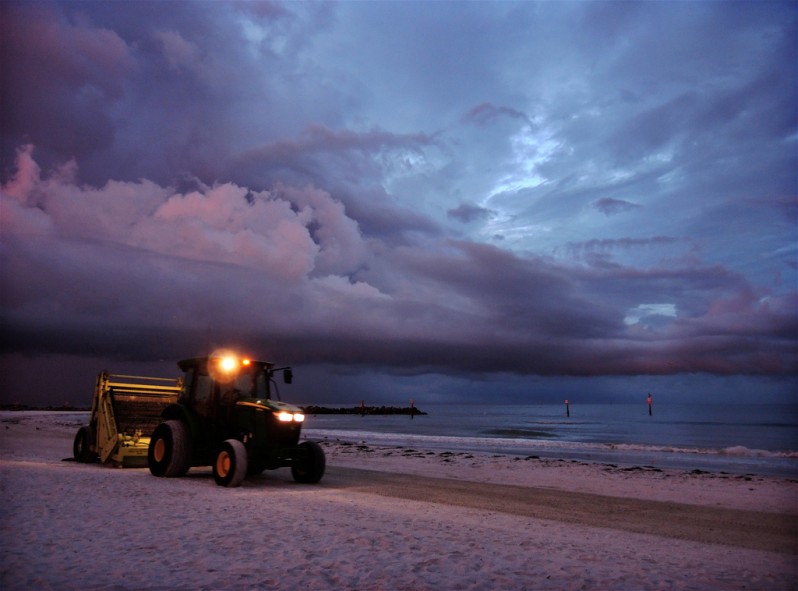
In a region still in shock over the financial and psychological damage inflicted by BP PLC’s months-long oil spill, the act of watching and listening to the Sand Shark at work is for many a form of therapy, even though, pancake-sized lumps of crude are exhumed from holes about 12 inches deep.
Update from the USF Coastal Research Laboratory on Oil Sands
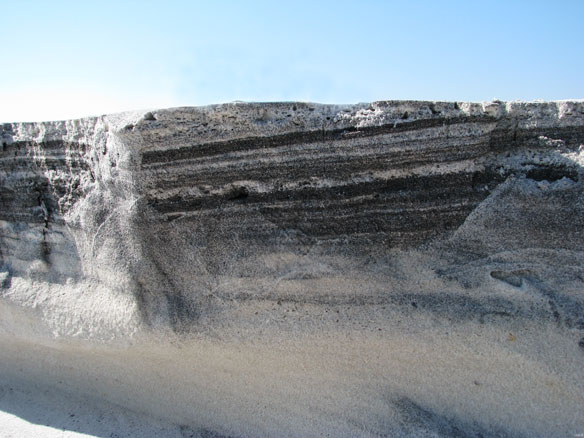
Areas just offshore from some of Florida’s most heavily oiled beaches appear to be free of visible oil contamination, yet erosion of buried beach oil and subsequent redistribution is still expected during storms.
Louisiana Curtails Coastal Plan
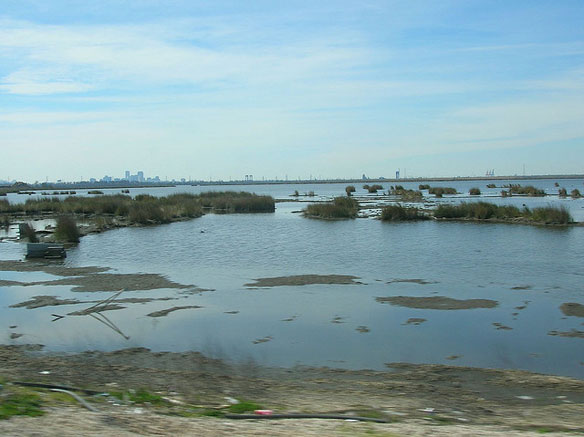
Officials are temporarily scaling back their ambitions for a massive sand berms program that was designed to block oil from hitting coastal marshes but that continues to draw federal opposition.
Oil industry has yet to adopt lessons of BP spill
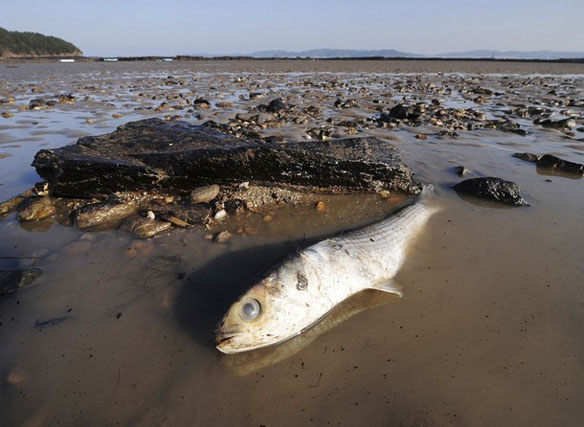
Response to the incident needs to go beyond deep-water drilling.
U.S. Issues New Rules on Offshore Drilling

The rules take effect immediately under emergency rule-making powers.
Commission hears: 50 Percent of BP Spilled Oil Remains in Gulf
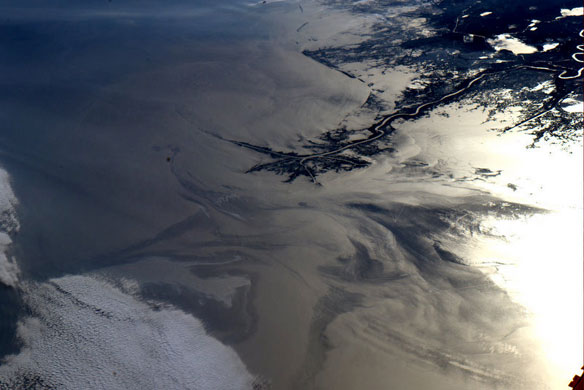
This remaining fraction, of the total discharge, is a highly durable material that resists further dissipation. Much of it is now buried in marine and coastal sediments.
